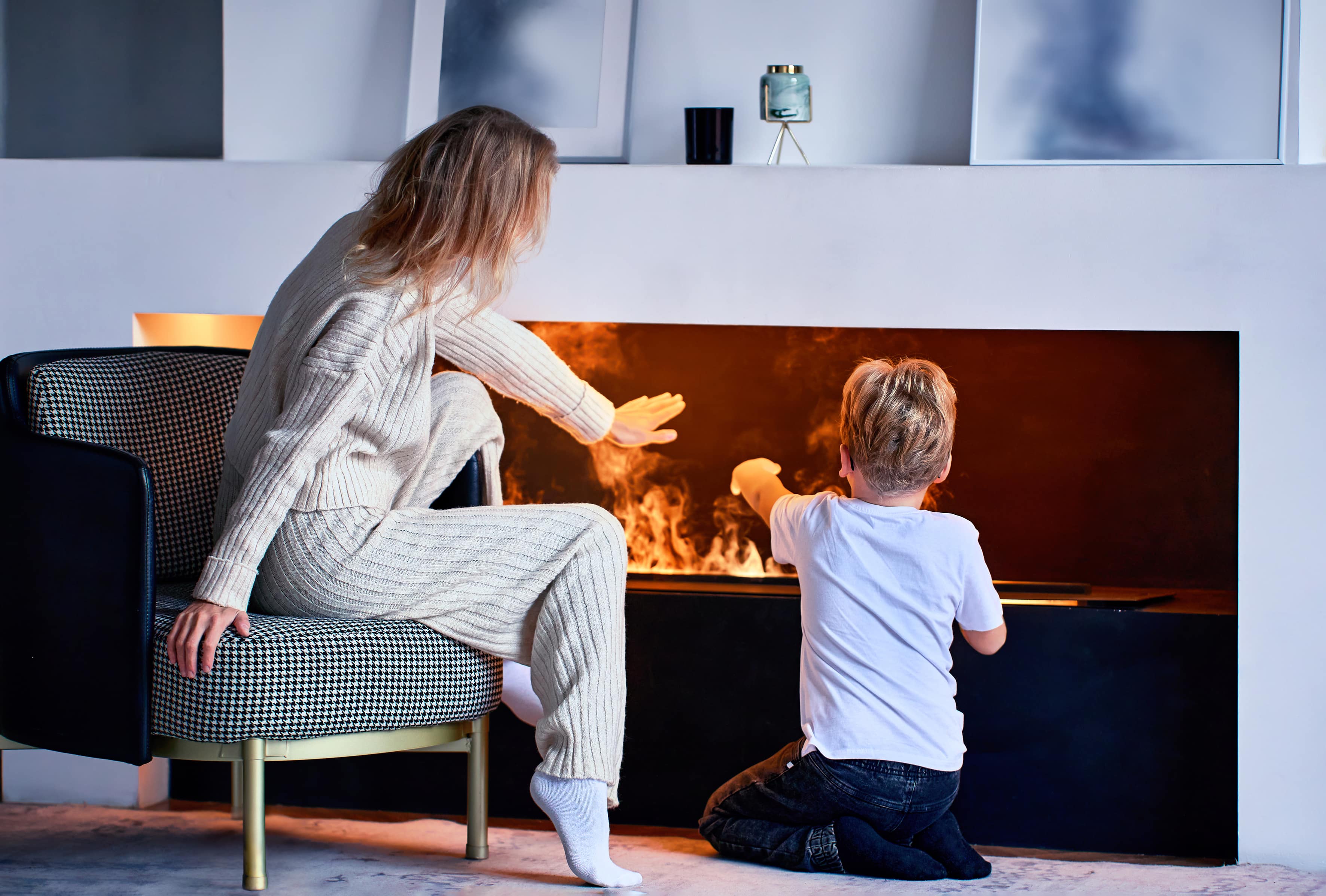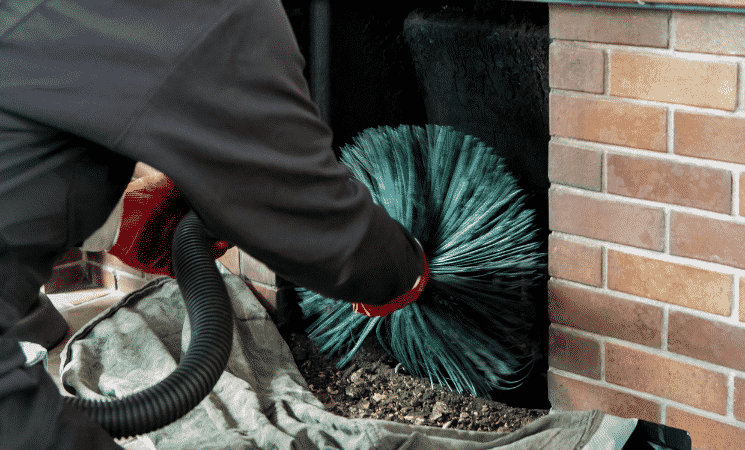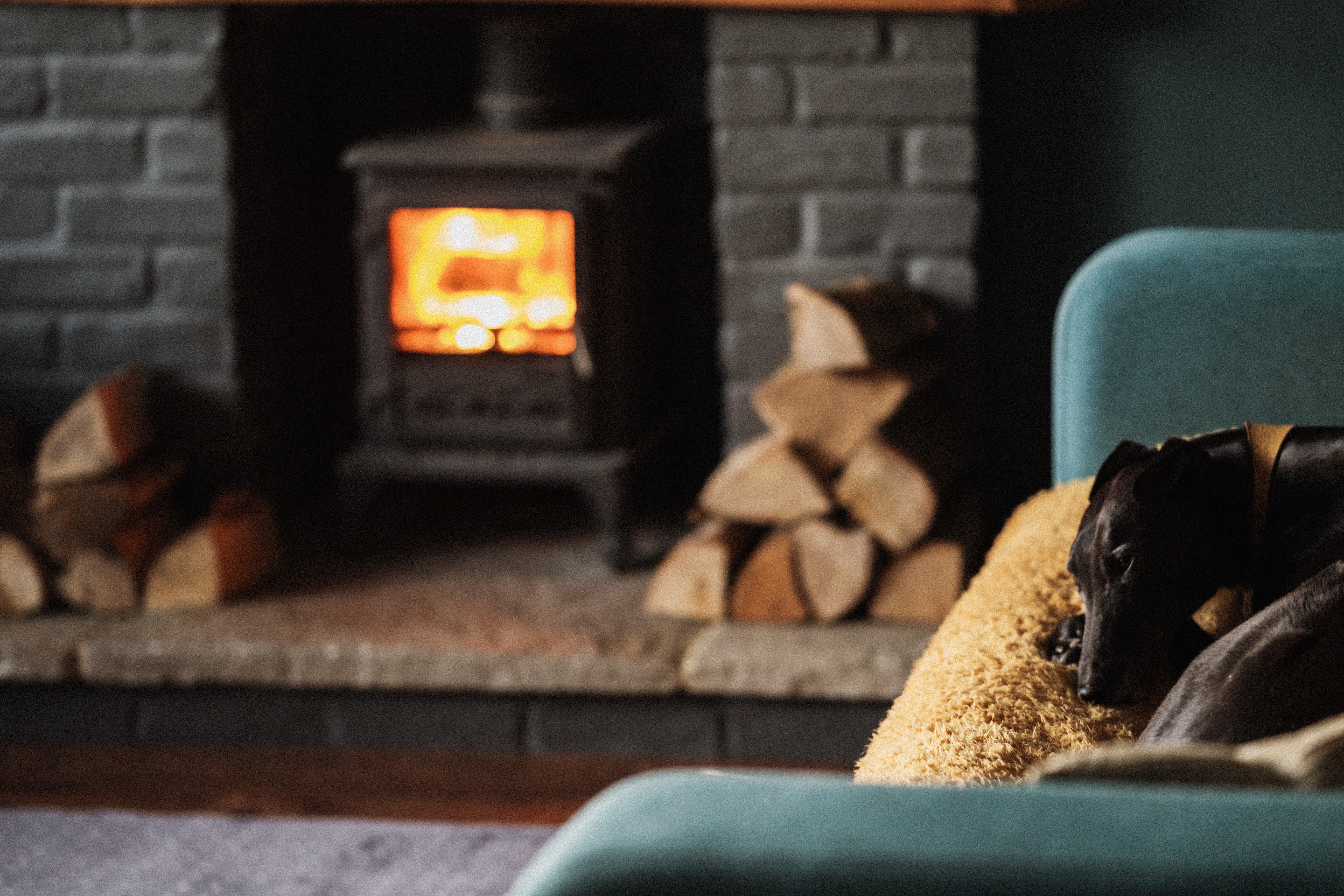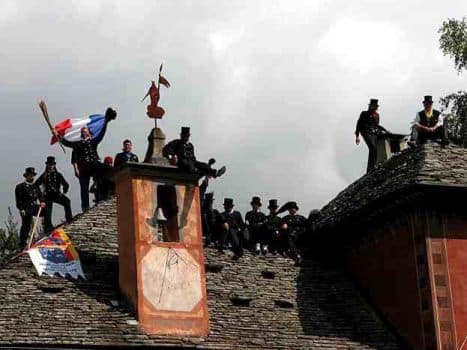3 Fireplace Safety Tips for Kids
Having a fireplace in your home requires responsibility and safety precautions, especially if kids are in the house. While your fireplace isn’t dangerous when used correctly, it does have the potential to be deadly. Yearly inspections from Chimney Champions can help prevent most fireplace accidents and issues, but there’s still more you can do. To help keep you, your family, and your home safe, pass along these three fireplace safety tips to your kids.





